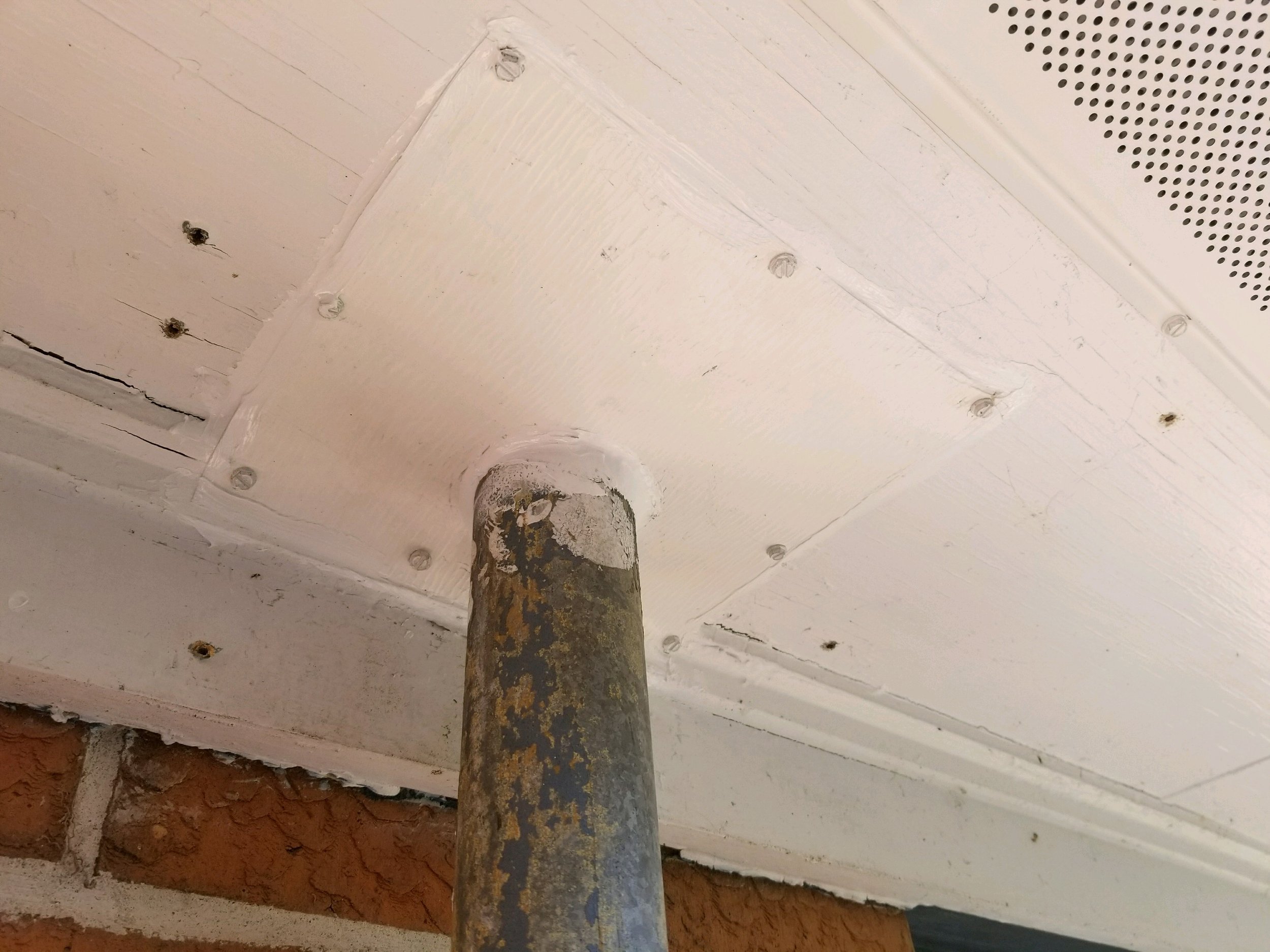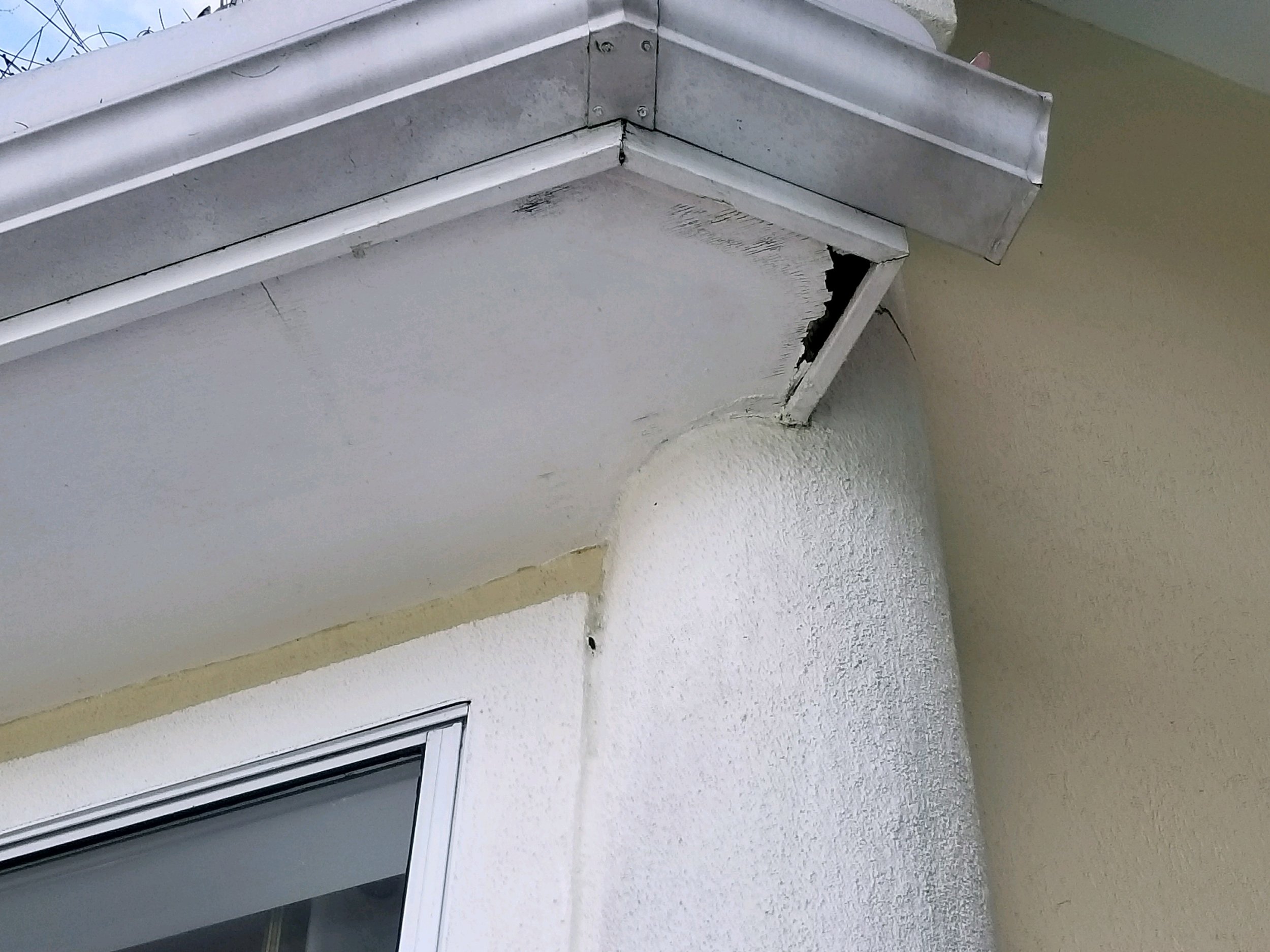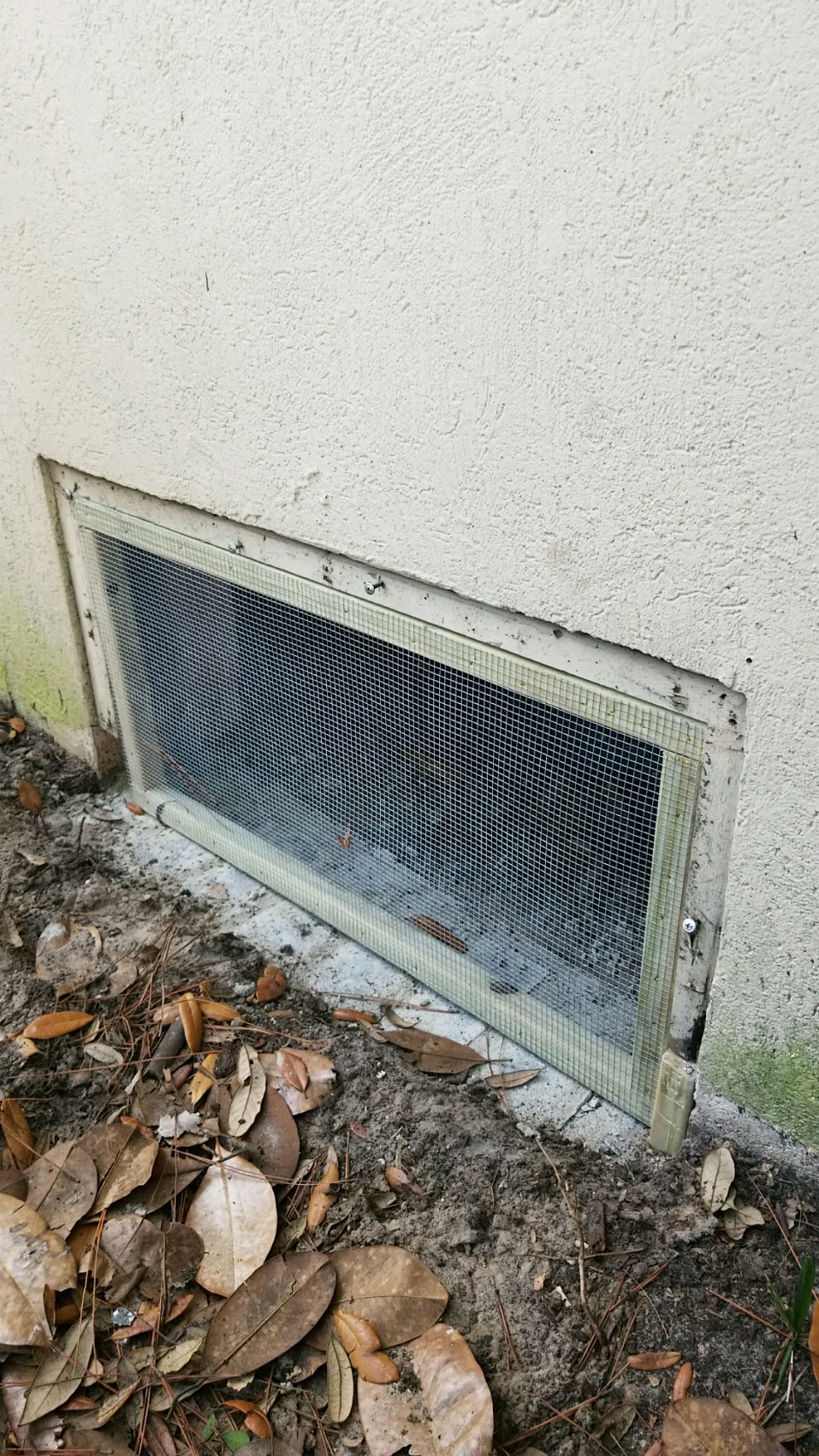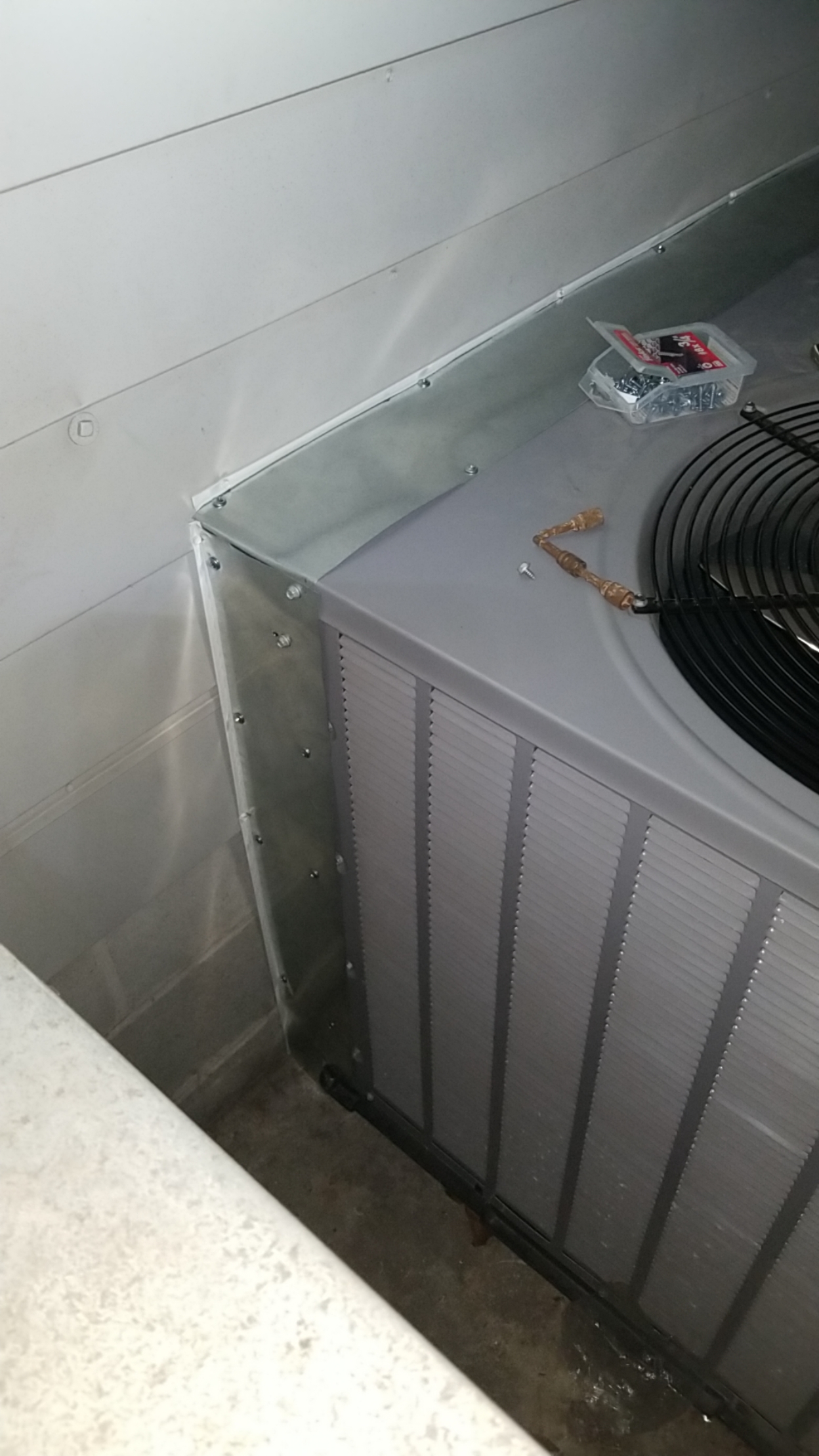“An ounce of prevention is worth a pound of cure”
Our start-to-finish approach to wildlife management includes not just trapping and removing your current nuisance animal, but also preventing future infestations. When you have an animal invading your home, it means they gained access through an opening in the structure. Florida is home to many animals that can scratch, chew, crawl or dig their way into your home.
Openings may be part of the home's construction, such as corrugated steel panels, or they may be formed by wildlife breaking through weak barriers such as flimsy screen material often used around porches. Our team of Wildlife Specialists is trained to spot open access points in roofs, soffit areas, vents, ductwork, and other vulnerable spots in your home.
Before and After Exclusions
BEFORE: This is a vulnerable rooftop. The heat, rain, and humidity of Florida weather promote wood rot as seen here. You can stick your hand straight through these weak spots, which means there's more than enough room for rats to get in
AFTER: Now the roof is protected from future infestations. Here we used a solid plank of metal to protect the entire area from rats trying to scratch or gnaw their way in. And we pay special attention to make sure the finished product looks good, too!
AFTER: Here we applied a heavy-gauge metal mesh, fastened into place so that it can'pt be ripped off. The mesh allows the gable vent to properly ventilate the attic while protecting the vent from pests.
BEFORE: This soffit area is wide open for raccoons to crawl through and make a home out of your attic. Not even a challenge.
AFTER: The entire area has been sealed off with one solid piece of metal, custom-cut and hand-folded to perfectly fit the opening. We treat each client's property according to its own unique needs.
BEFORE: When this A/C unit was originally installed, a hole was cut in the skirting to run ductwork through. This left a wide opening where opossums got into the crawl space.
AFTER: The entire opening has now been encased by solid aluminum panels and fastened tightly to protect against any would-be invaders.





















